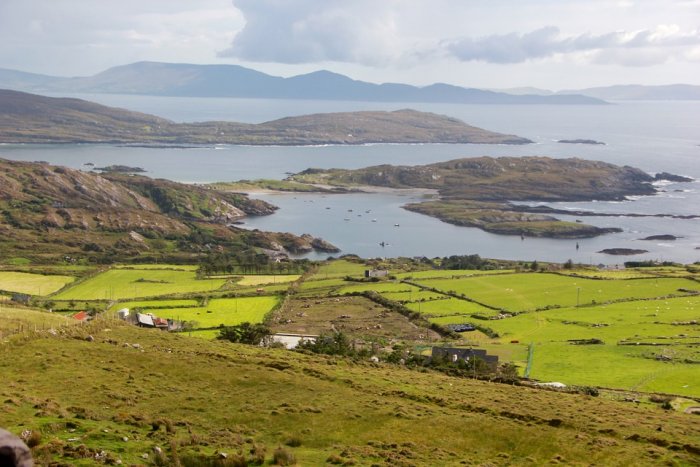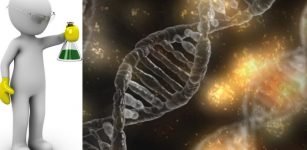Irish Suffer From A Celtic Curse That Emerged 5,000 Years Ago
MessageToEagle.com – First evidence of the Celtic Curse has been found in the remains of two ancient people — a Neolithic woman who lived about 5,000 years ago, and an early Bronze Age man who lived about 4,000 years ago on Rathlin Island in Northern Ireland.
A Celtic Curse is an inherited disorder that has high prevalence among people with ancestry in the British Isles and Ireland.
Hemochromatosis that have been labeled the Celtic Curse, has deeper roots on Ireland than it was previously thought, researchers wrote in their science paper published in the journal Proceedings of the National Academy of Sciences.
There is evidence that some prehistoric residents of the island carried genetic mutations that cause the condition.
One in five Irish people can carry the inherited gene that causes this condition, but most will not suffer from any symptoms and remain unaffected.

It is potentially deadly blood condition because more people in Ireland are prone to it than people from other countries.
Haemochromatosis is a build-up of iron in the blood which if untreated can reach toxic levels that cause failure of vital organs such as the liver, heart and pancreas. Symptoms can include organ damage and a bronze or gray tinge to the skin, as well as fatigue, weakness and joint pain.
While looking for clues how and why the disorder spread, researchers found the gene is several-thousand-year-old.
How exactly the Celtic Curse spread is unknown for the moment. One theory is that it could have been an evolutionary advantage when diets were iron-poor during the Neolithic period.
Another possibility is that the mutation may have helped people shift to a diet dominated by grain instead of meat or it may have helped them deal better with parasites. However, these are all just hypotheses, according to Daniel Bradley, a geneticist at Trinity College Dublin.
See also:
Mystery Of The Black Irish People: Who Were They?
Human Occupation In Ireland Existed 2,500 Years Earlier Than Previously Thought
Mystery Of Ancient Gene Spreading – Irish Light Skin Can Be Traced To India And The Middle East
By examining the ancient Irish genomes, scientists hope to learn more about early migration patterns and the origins of disease. The goals is now to study at least 40 ancient bodies.
One in 83 Irish people are affected by the gene and develop haemochromatosis. The mutations are present at birth, symptoms rarely appear before middle age, and people only develop the disease if they inherit copies of the mutated gene from both parents.
Today there is a greater awareness of the disorder and the condition is easily treatable if diagnosed early. Sufferers are required to have a unit of blood removed from their bodies, in order to dilute the iron levels back to a normal level. The treatment is not dissimilar from giving a blood donation.
According to the Centers for Disease Control and Prevention more than a million Americans have gene mutations that can lead to this iron overload.
MessageToEagle.com
Expand for references









